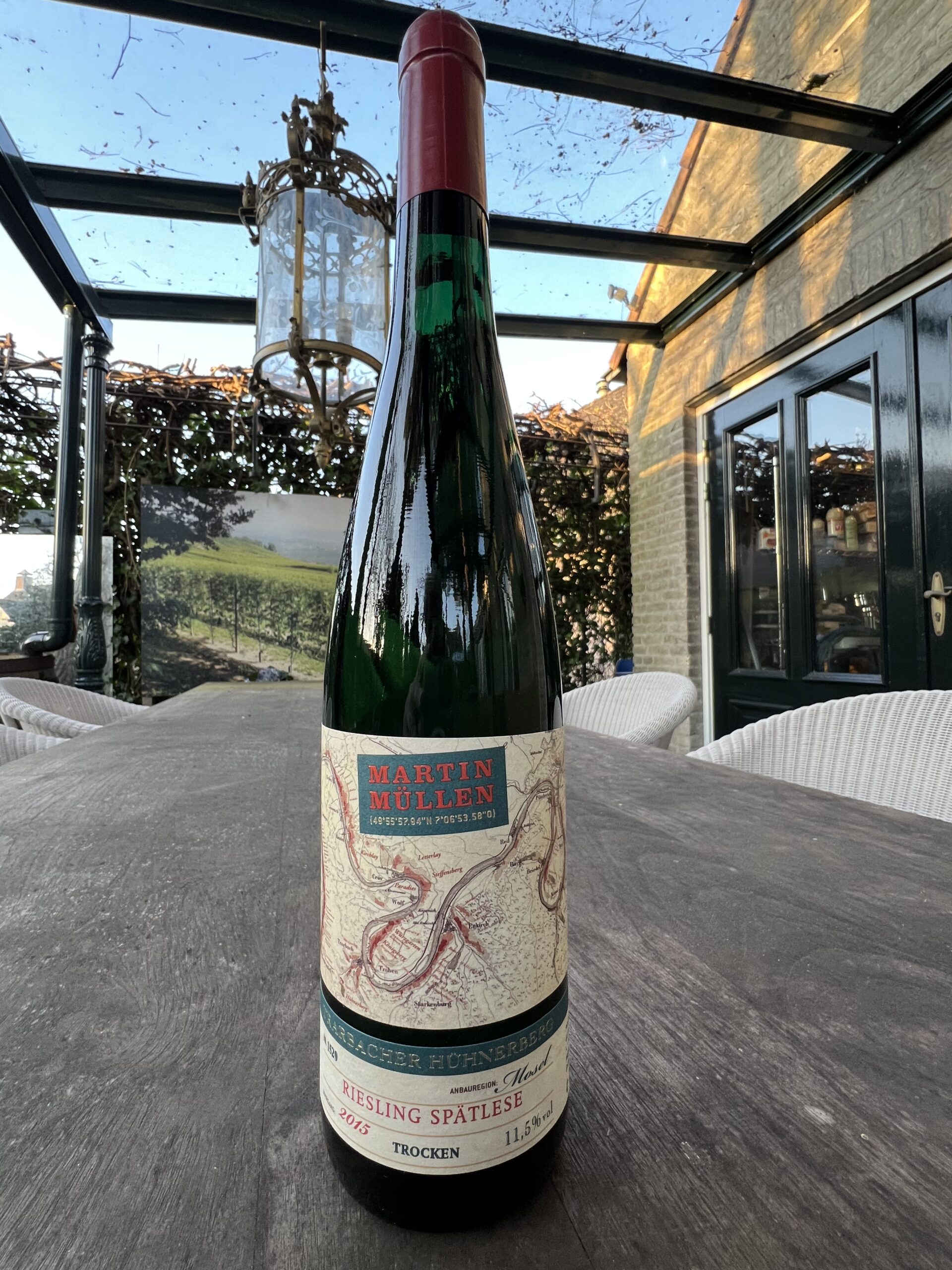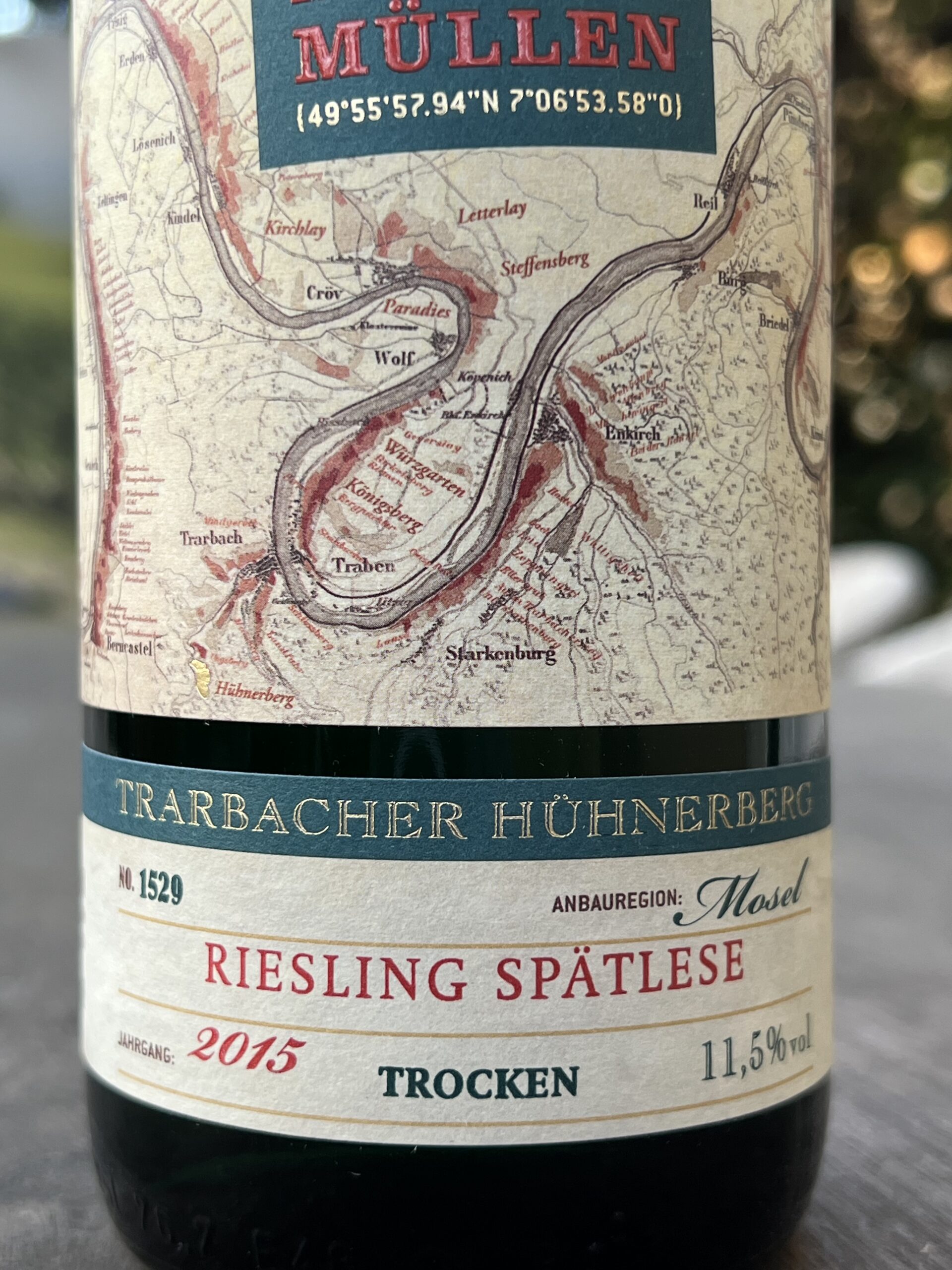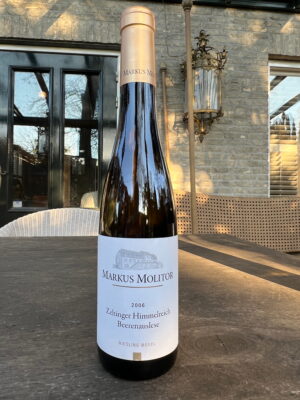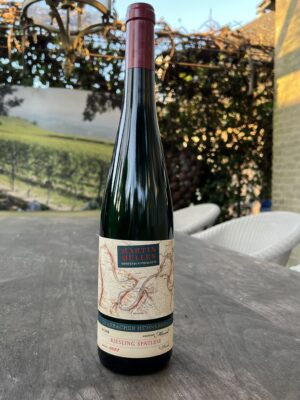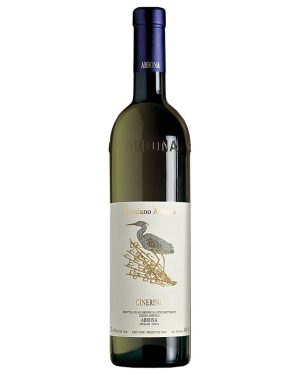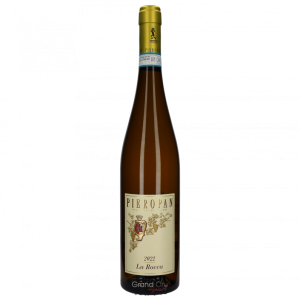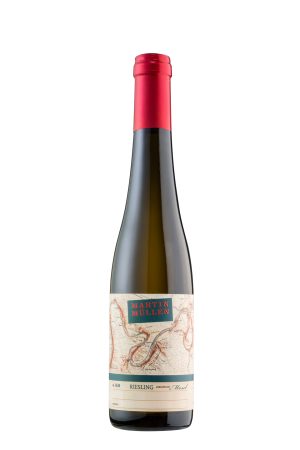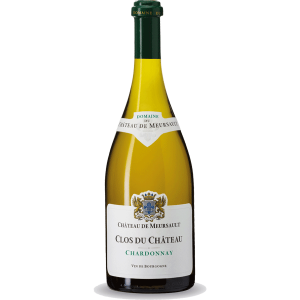Martin Müllen began picking on the 12th of October in 2015 and continued through the first week in November. He was happy, after having had to rigorously sort and discard fruit in 2014, to have 2015 yields that at least approached his career average. But, of course, that’s relative. Average for him is barely more than 30 hectoliters per hectare, and many of his ancient vines, especially those revived by him in the Hühnerberg, are genetically as well as by training predisposed to meager, small clusters and berries. What’s certain is that he should be overjoyed with the qualitative results, 2015’s efficacious acids favoring a focus and energy that I haven’t experienced before in one of Müllen’s collections, selectively fine though these typically are. Bottling began in May but in estate-typical fashion ran through summer and was not yet completed when I visited to taste in mid-September 2016. In fact, the majority of Hühnerberg musts intended for legal dryness had only recently reached that benchmark and were still cloudy. “A beautiful thing this year,” remarked Müllen, “is that despite the fermentations having taken a long time, the wines stayed very clean and low in volatility.” A measure of how keen Müllen is on a vintage is the number of bottlings in any given style from a given site, Prädikats being supplemented by stars that appear prominently on the eventual labels. There ended up being four different trocken Hühnerberg Rieslings from 2015, of which the Kabinett was the only one bottled or ready for review last September. There is just one nobly sweet Müllen 2015, a Beerenauslese that was also not yet bottled or amenable to review when I last tasted here.
For extensive background on this estate, its back-to-the-future methods and its vineyards, consult the introduction to my coverage of Müllen’s 2014s, but also the general introduction to my account of 2014 on the Mosel, where I single out the stretch of vineyards between Kinheim and Enkirch as well as the adjacent Kautenbach – site of Müllen’s flagship Hühnerberg – for special attention. It’s worth taking a moment to once again focus attention on the combination of levity, crystalline clarity, animation, mineral nuance and sheer refreshment that Müllen is able to achieve with his best dry Kabinetts. How lucky oenophiles are that a few growers are rendering dry wines reflective of these precious Mosel virtues, the very traits that first brought Riesling from these slopes to international renown during the second half of the 19th century. And how unfortunate it is that the VDP has not only banished the term “Kabinett trocken” but, more importantly, neglects the style of Mosel Riesling that stands behind it. To be sure, though, a wine of the aforementioned sort cannot be rendered from just any vines or site. “I don’t know why it is,” admitted Müllen, “but certain of my old-vines parcels just have this ability to develop complex flavors at low must weights,” a talent that was enhanced by the general tendency in 2015 for must weights to plateau through October. “I target just 78-80 Oechsle for Kabinett,” he added, “but when you taste the grapes, you swear they’re as ripe as those at 90 Oechsle elsewhere.” A final word for those in the process of discovering Müllen’s wines: He is not bashful with sulfur (personally, I think less would be better) and not only do his wines often need aeration to show at their best, they can often remain fresh from the open bottle for a week or more. (When I last met with him, Müllen was contemplating bottling one batch of 2015 sulfur-free.)
